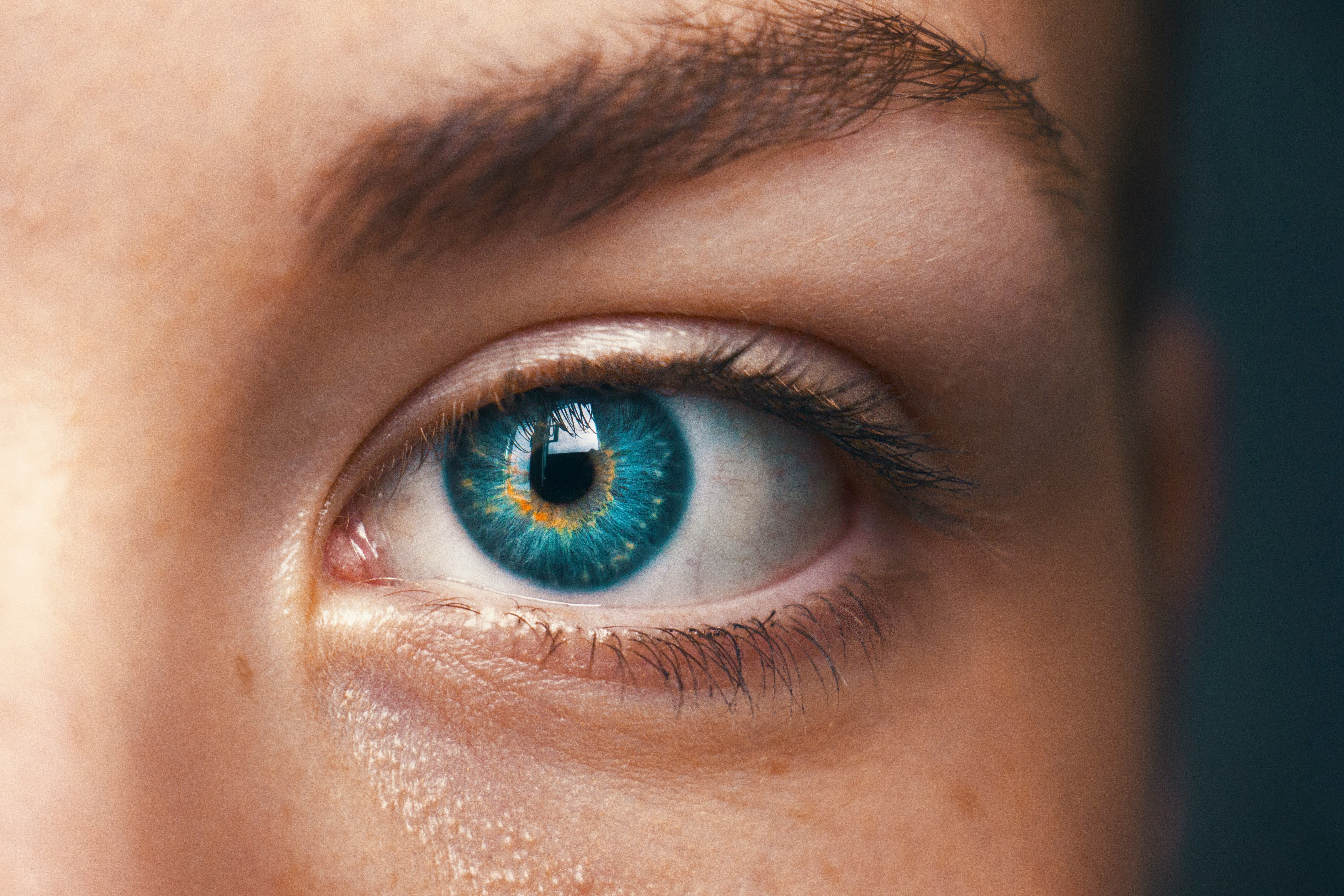Energy Efficiency and E-Ink: How E-Ink Screens Contribute to Reduced Energy Consumption
In a world increasingly focused on sustainability and energy efficiency, E-Ink screens have emerged as a notable technology. These screens, commonly used in e-readers and other digital devices, offer significant advantages in terms of energy consumption. This article explores how E-Ink technology contributes to reduced energy usage, highlighting relevant statistics and the ecological benefits for users.
How E-Ink Screens Work
E-Ink, or electronic ink, utilizes a technology called electrophoretic display. This involves microcapsules containing black and white particles suspended in a clear fluid. When an electric field is applied, the particles move to the top or bottom of the microcapsules, creating text or images. Notably, E-Ink screens are bistable, meaning they only consume power when the display content changes. Once an image or text is set, it remains visible without additional power.
Energy Consumption Statistics
Low Power Usage:
One of the most significant benefits of E-Ink screens is their low power consumption. Research indicates that E-Ink displays can use up to 99% less energy than traditional LCD screens. For example, e-readers with E-Ink displays can last up to six weeks on a single charge with 30 minutes of daily reading. In contrast, LCD screens require constant backlighting, which significantly increases power usage.
User Advantages
Reduced Eye Strain:E-Ink screens are highly readable in various lighting conditions, including direct sunlight. This feature makes them ideal for outdoor use and reduces the need for high-brightness settings, which can drain battery life quickly on LCD devices.
Environmental Benefits
Reduced Carbon Footprint:The low energy consumption of E-Ink devices contributes to a reduced carbon footprint. By using less power, these devices indirectly lower greenhouse gas emissions associated with electricity production. For example, an E-Ink e-reader used for an hour daily can save approximately 30 kWh of electricity annually compared to an LCD device.
Longer Device Lifespan:E-Ink screens are known for their durability and longevity. They are less prone to screen burn-in and other issues that can affect LCD screens over time. This longevity means fewer devices end up in landfills, contributing to electronic waste reduction.
Resource Efficiency:The production of E-Ink screens requires fewer raw materials compared to LCD manufacturing. This efficiency further enhances their ecological benefits, as it minimizes resource extraction and associated environmental impacts.
Conclusion
E-Ink screens offer a compelling case for energy efficiency and environmental sustainability. Their low power consumption, extended battery life, and reduced environmental impact make them an excellent choice for users seeking eco-friendly technology solutions. As the world moves towards more sustainable practices, the adoption of E-Ink technology in various devices can play a significant role in reducing our overall energy footprint.




Leave a comment
This site is protected by hCaptcha and the hCaptcha Privacy Policy and Terms of Service apply.